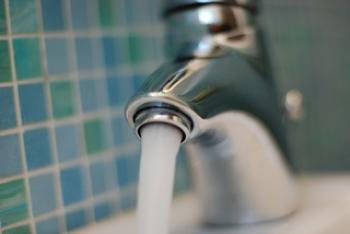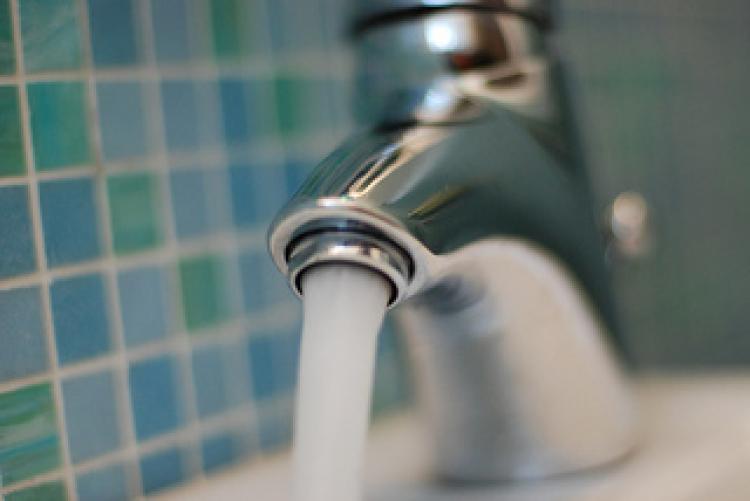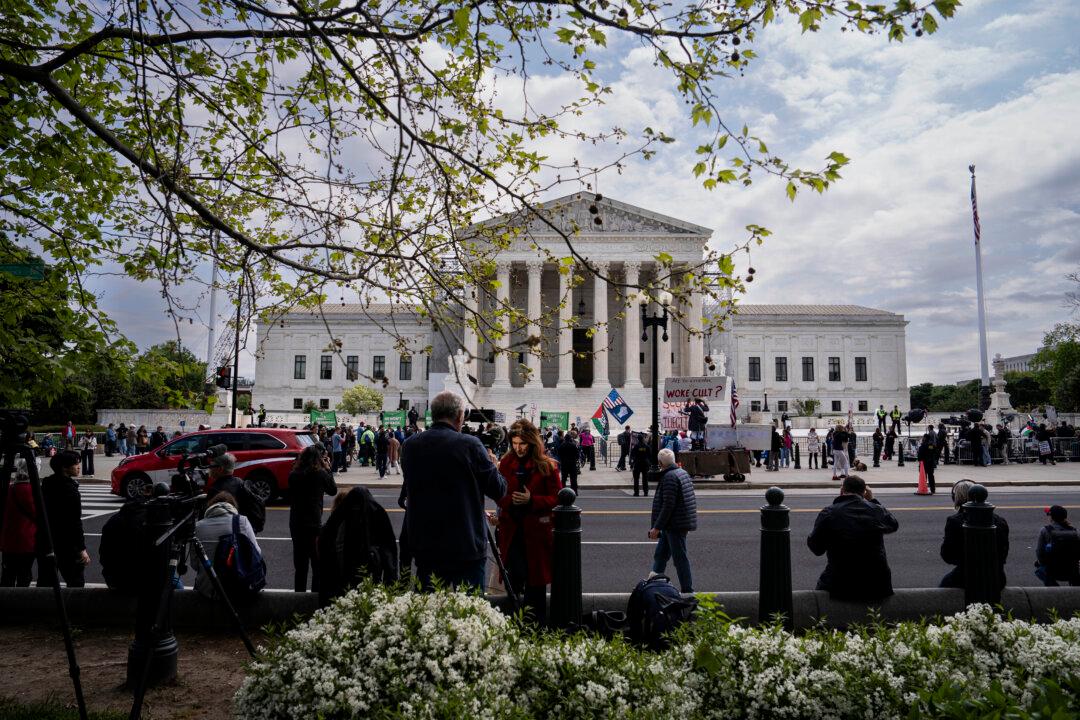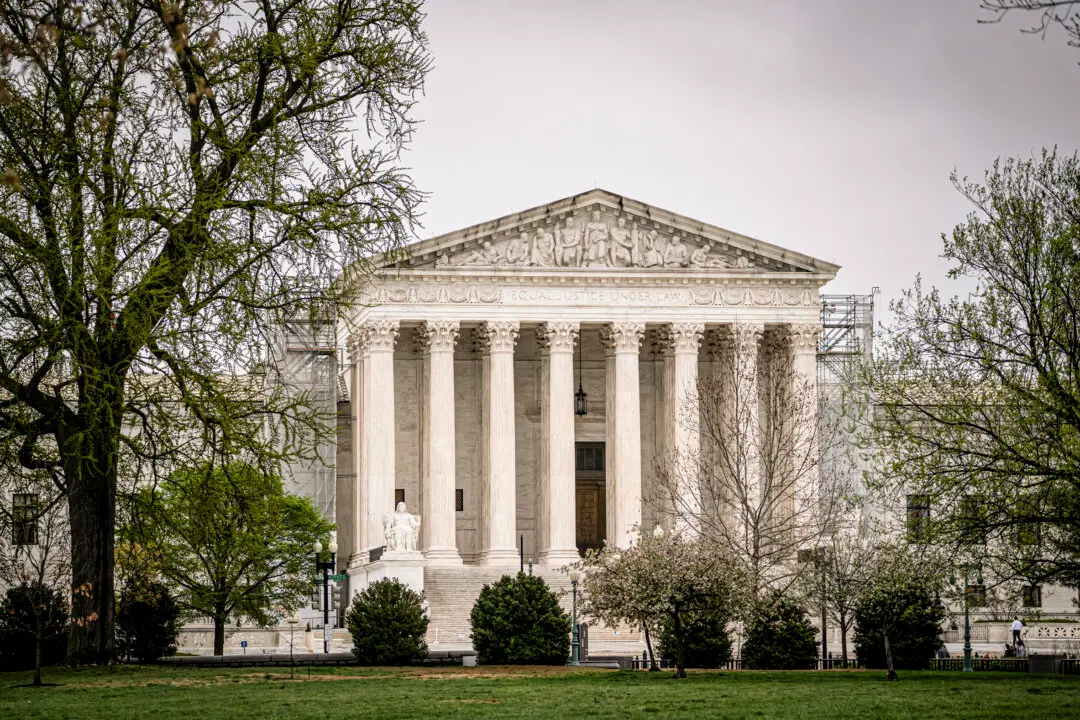Buildings consume 20 percent of the world’s available water, according to the United Nations Environmental Program.
Water efficiency and conservation are jumping to the forefront of green building measures, a report by McGraw-Hill Construction states.
Architecture and engineering firms, contractors, and owners report that water efficiency is rapidly becoming a higher priority than other aspects of green building, such as energy efficiency and waste reduction, says McGraw-Hill.
“Efficient practices and products, such as grey water treatment and low-flow plumbing fixtures, provide significant opportunities for the architect and engineering industry to respond to this trend and build high-tech, low-water-demand projects that will turn the tide on the water crisis and create the conscientious buildings of tomorrow,” says McGraw-Hill.
Respondents reported that on average, applying water-efficient designs and products leads to 15 percent less water use, 10-11 percent less energy use, and an 11-12 percent reduction in operating costs.
Current brand awareness is strongest for high-efficiency toilets, water-saving sinks, and waterless urinals, the report said.
Owners are especially committed to water-efficient practices, according to the report, with many respondents saying that more than three-quarters of current projects incorporate water-efficient designs.
The study was supported by The Chicago Faucet Company and Sloan Valve Company.






